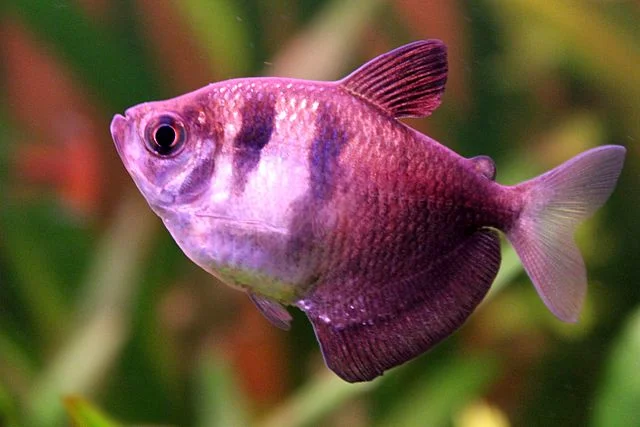
Aquaculture is a fast-growing sector in the Mediterranean and Black Seas as it is crucial for food security, employment opportunities, and economic growth.
To maintain this level of development and increase profits, the aquaculture sector tends to rely on non-native species to diversify the range of farmed species, adapt to climate change, and open up new markets.
However, the use of non-native species can have adverse impacts on biodiversity, natural habitats, ecosystems, and related ecosystem services, if not properly managed.
In this sense, the General Fisheries Commission for the Mediterranean (GFCM) of the Food and Agriculture Organization of the United Nations (FAO), published a guide on the evaluation and minimization of the possible impacts of the use of non-native species in aquaculture.
Objectives of the guide
The document is intended to provide guiding principles and minimum common criteria for:
- Help in the evaluation, prevention, and minimization of the risks of adverse impacts on biodiversity, natural habitats, ecosystems, and ecosystem services, associated with the use of non-native species.
- Promote the development and sharing of a comprehensive knowledge base to address the challenges posed by the use of non-native species.
By recommending practical actions to stakeholders, these guidelines aim to create a common regional framework on aquaculture practices related to the use of non-native species and provide decision-makers with a useful tool for policy development.
Non-native species present in Mediterranean mariculture
The document highlights that non-native species present in the Mediterranean include:
- Red Bream (Pagrus major): Native to the Pacific Northwest and introduced in 1985, it is cultivated mainly in Croatia, Cyprus, Greece, and Italy.
- White-legged shrimp (Penaeus vannamei): It is cultivated mainly in Egypt, Tunisia, and Algeria.
- Kuruma Shrimp (Marsupenaeus japonicus): It is farmed mainly in Egypt.
- Indian White Shrimp (Penaeus indicus): Farmed only in Egypt.
- Northern brown shrimp (Penaeus aztecus): Cultured in Egypt since 2016, by collecting postlarvae and juveniles from the wild.
Regulatory frameworks
Following an introduction on the background and scope of the guidelines, the document highlights that national regulatory frameworks dedicated to aquaculture should include provisions that address the introduction of non-native species.
Stay Always Informed
Join our communities to instantly receive the most important news, reports, and analysis from the aquaculture industry.
The competent authority of each country must draw up and periodically control a list of species used in aquaculture and classify them as “non-native species” or “species already present”.
In addition, countries must establish a minimum standard capacity before any introduction of non-native species; and detail the application process for authorization to introduce non-native species.
Finally, the guide identifies the necessary conditions that must be met to minimize the risks of adverse impacts following the introduction of non-native species, including border measures, quarantine, and monitoring, as well as surveillance systems.
Reference (open access)
FAO. 2023. Guidelines on assessing and minimizing the possible impacts from the use of non-indigenous species in aquaculture. General Fisheries Commission for the Mediterranean. Rome. https://doi.org/10.4060/cc3207en
Editor at the digital magazine AquaHoy. He holds a degree in Aquaculture Biology from the National University of Santa (UNS) and a Master’s degree in Science and Innovation Management from the Polytechnic University of Valencia, with postgraduate diplomas in Business Innovation and Innovation Management. He possesses extensive experience in the aquaculture and fisheries sector, having led the Fisheries Innovation Unit of the National Program for Innovation in Fisheries and Aquaculture (PNIPA). He has served as a senior consultant in technology watch, an innovation project formulator and advisor, and a lecturer at UNS. He is a member of the Peruvian College of Biologists and was recognized by the World Aquaculture Society (WAS) in 2016 for his contribution to aquaculture.




